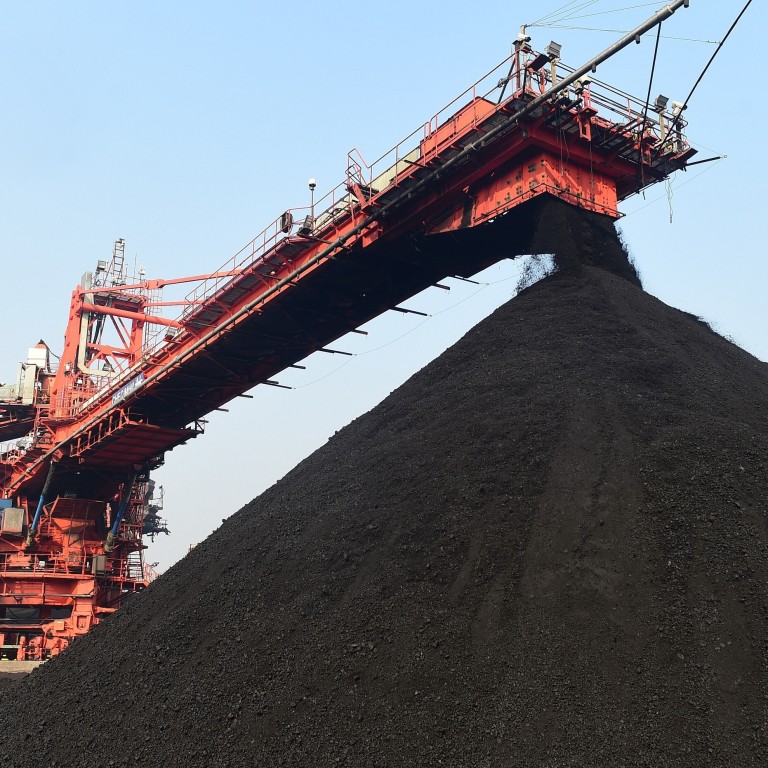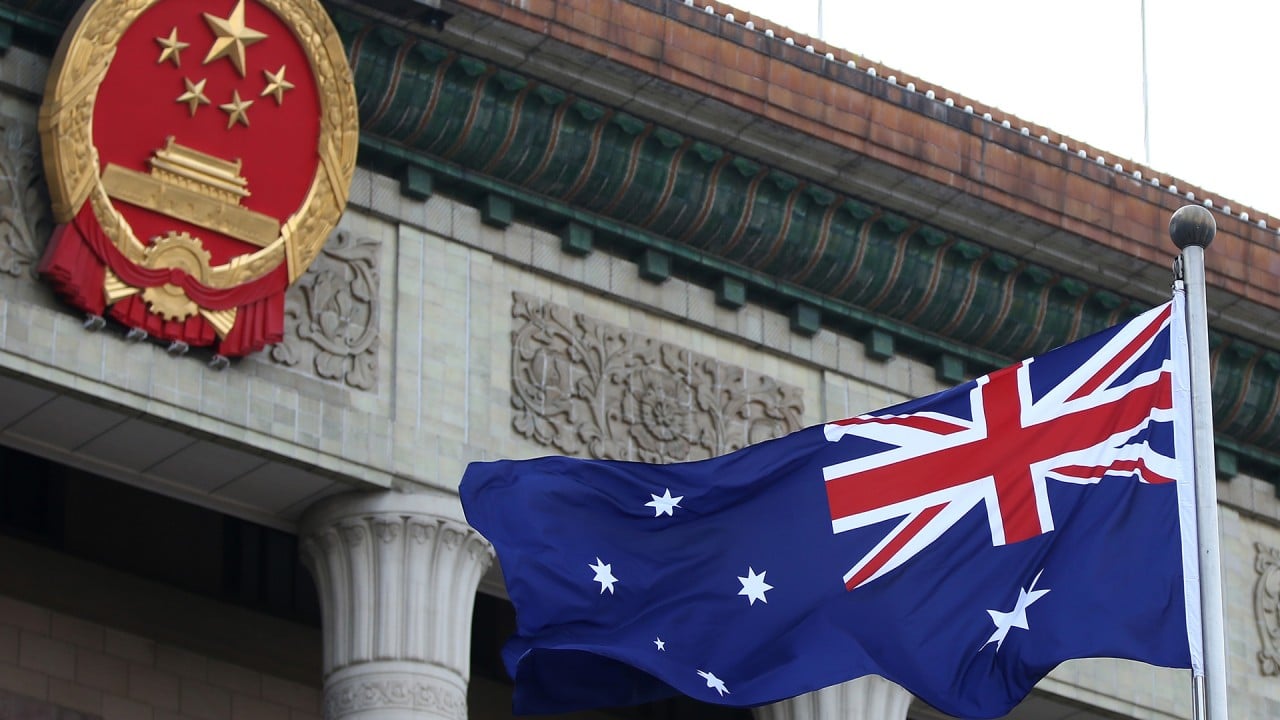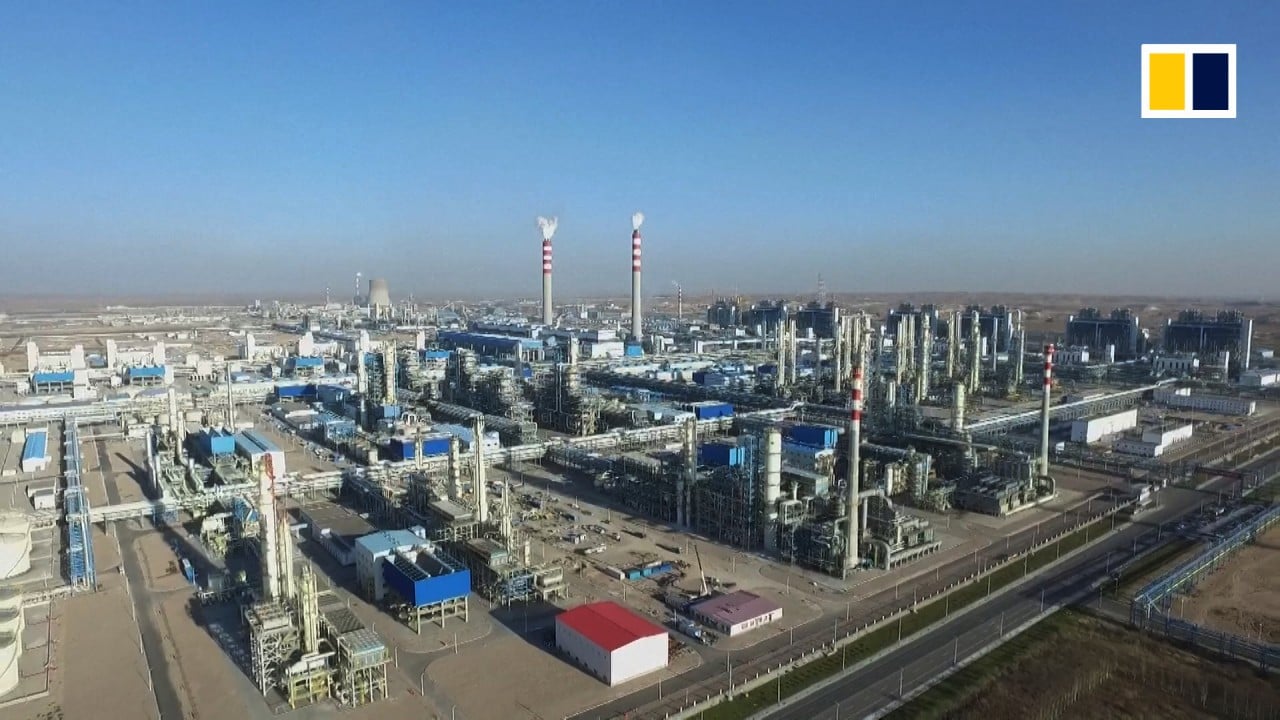
China’s ban on Australian coal drives diversification, but can it fill the gap?
- China has begun importing coal from Colombia and South Africa, underscoring its reluctance to buy from Australia amid a diplomatic spat
- But questions have been raised about whether China can do without Australian coal and how it will diversify its supply in the years ahead
In December, South Africa dispatched fresh shipments of thermal coal to China for the first time since 2014, with word in the industry that more was on the way.
A month earlier, Chinese buyers also snapped up coal from Colombia, which has never been a big seller to China because of long shipping times when compared to regional suppliers such as Australia and Indonesia.
Historically, South African coal has not been allowed into China because it contains restricted trace elements like fluorine, while Colombian coal is usually viewed as a back up option when regional prices blow out.
That China has embraced thermal coal from both countries in recent months underscores just how unwilling it is to trade with one of its biggest coal suppliers: Australia.

07:55
Australia ditched diplomacy for ‘adversarial approach’ to China and ‘a pat on the head’ from US
“Chinese utilities and cement makers are buying high calorific value coal from suppliers as widespread as Russia, Colombia and even South Africa to compensate for restrictions on Australian imports,” Argus Media, a commodity and energy price agency, said in a recent note.
“Australian bituminous coal is normally the first choice for Chinese buyers, given short journey times and abundant supply. But unofficial government curbs on Australian imports are forcing buyers to look to other sources, often at significantly higher prices.”
With no sign the ban will be dropped any time soon, questions have been raised about whether China can do without Australian coal, and whether the diplomatic spat between the nations will catalyse a diversification of supplies.
In 2019, about 57 per cent of China’s thermal coal imports and 40 per cent of its coking coal came from Australia, according to Chinese customs data.
Last year, imports of Australian thermal coal would likely have been similar, but coking coal imports probably rose to 50 per cent, according to analysts.
Though many industry observers say that in the long term China can shift away from Australian thermal coal, which is used for power generation, the country will have a harder time reducing imports of coking coal that is used for steel making.
China does not need Australian thermal coal, although one thing that has surprised us is the apparent shortage of higher energy coal in the Chinese domestic market
China, the world’s largest coal producer and consumer of coal, also has the ability to boost domestic production from its production hubs in the provinces of Shanxi and Shaanxi, as well as the autonomous region of Inner Mongolia, according to analysts.
Most raw coal mined in China is used for power generation, while about 20 per cent is used to create coking coal for steel mills.
China can produce most of the coal it needs and only imports to supplement supply during a shortage. In 2019, China produced about 3.7 billion tonnes of coal and imported 300 million tonnes, according to pricing and research group Fastmarkets.
Analysts are confident China can produce more thermal coal, but recent energy blackouts, which have coincided with a colder than usual winter, suggest domestic supply might not yet be ready to meet an emergency.
“China does not need Australian thermal coal, although one thing that has surprised us is the apparent shortage of higher energy coal in the Chinese domestic market,” Wood Mackenzie coal analyst Rory Simington said.
With the curb on Australian coal, Chinese utilities have suffered the consequences of more expensive coal and have had to scramble for alternative supplies, he added.
This was evident in soaring prices for the type of high-caloric coal – which has higher energy output when burned – that is exported from Australia.
In short, it would be difficult for China to completely omit Australia from its mix of suppliers when demand flared during summer and winter, said Claire Pickard-Cambridge, manager of Asia solid fuels at Argus Media.
“The rationing of power in many of the colder parts of north China this winter has demonstrated that domestic production is currently falling well short of requirements this winter,” Pickard-Cambridge said.
“The power suppliers hardest hit are the coastal utilities in populous eastern China, which are far from China’s coal mines in the north and typically rely on imported coal.”
Only Mongolia has the scale to replace Australian coking coal by volume, but its lower quality does not make it a 100 per cent replacement
For coastal utilities, imported coal – including from Australia – is more accessible via ports than local coal from faraway Shanxi, Shaanxi and Inner Mongolia.
When it comes to coking coal, China has an even tougher challenge on its hands in diversifying from Australia, as few exporters have the calibre to provide both high volume and high quality.
“Only Mongolia has the scale to replace Australian coking coal by volume, but its lower quality does not make it a 100 per cent replacement,” said Chris Newman, ferrous markets manager at Argus Media Asia.
Navigate Commodities managing director Atilla Widnell said Australia’s coking coal was very hard to replace quality-wise.

02:06
Chinese cash funds African coal plants despite environmental concerns
“Australian premium hard coking coals do have that X-factor when it comes to high coke strength after reaction, low volatile matter and ash content, which Chinese coke ovens need to blend with relatively inferior local coals,” he said.
Although not impossible, Mongolia would not replace Australia as China’s top coking coal supplier in the medium term, said Simington, from Wood Mackenzie.
The United States, Canada and Russia were unlikely to match Australia’s volume and quality either, Newman said.
“Much of US and Canadian supply is tied up in long-term contracts, and it is increasingly difficult to bring back idled mines … Russian imports are increasing, but it is mostly pulverised injection coal that is not used to make coke,” he said.
If China were to reshuffle its coking coal supplier list, analysts have warned something has to give – namely lower quality steel.
Dispensing with imported thermal coal is expected to be difficult within the next decade, given China’s projected economic growth and its existing consumption
“Chinese metallurgical coke batteries and ovens and output will deteriorate over time without the use of Australian premium hard coking coals,” Widnell said. “This will no doubt have a deleterious impact on domestic steel production rates at a time of robust stimulus-fuelled consumption.”
In spite of the challenges, the issue of diversification itself might be less of an issue to China as strides towards reducing the use of coal, although most analysts said this would be a long term target.
“Dispensing with imported thermal coal is expected to be difficult within the next decade, given China’s projected economic growth and its existing consumption, so the need for Australian coal should remain if China wishes to contain coal costs,” Pickard-Cambridge said.
In its latest draft development strategy, the China National Coal Association proposed limiting the country’s total annual coal consumption to no more than 4.2 billion tonnes a year by 2025 and reducing the number of coal mines.
But it said coal would remain a core energy source for China in the years to come.

02:52
How does China generate its energy?
The use of thermal coal would decline first, given the headway China had made in nuclear and gas power generation on its coast, said James Stevenson, global research lead for coal, metals and mining at IHS Markit.
“There is an overall move of the centre of gravity of coal-fired generation inland, where imports just don’t work economically,” he said. “So China’s need for thermal imports is going to decline anyway.”
But coking coal was a different ballgame, he said.
Even with steel production set to fall alongside the use of more scrap-based electric arc furnaces, Stevenson expects Chinese demand for coking coal, and thermal coal, to remain unabated for the next five to 10 years.
“China will import less thermal coal in 2030, and maybe it can accelerate that decline, but it’s unlikely that it could make 2022 look like what we expect 2030 to be.”

